Festival in Cork Gaeltacht village hopes to lay the blueprint to celebrate heroes
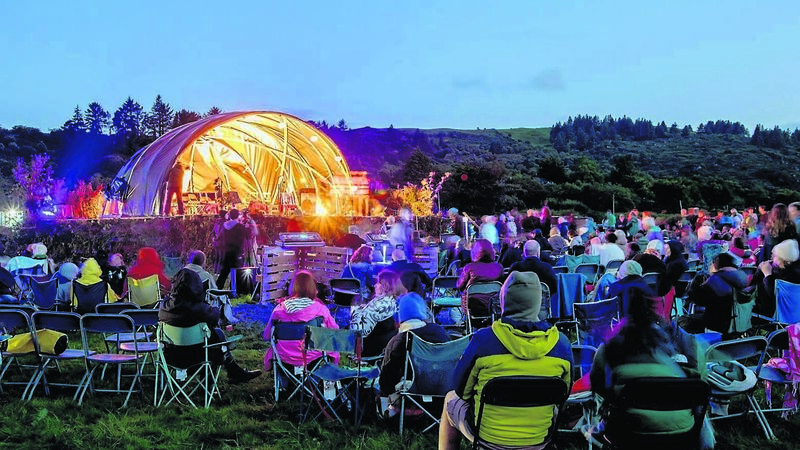
The festival arena late in the evening at Féile na Laoch 2025 (Festival of Heroes) which took place in Cúil Aodha, Co. Cork. - Picture: David Creedon
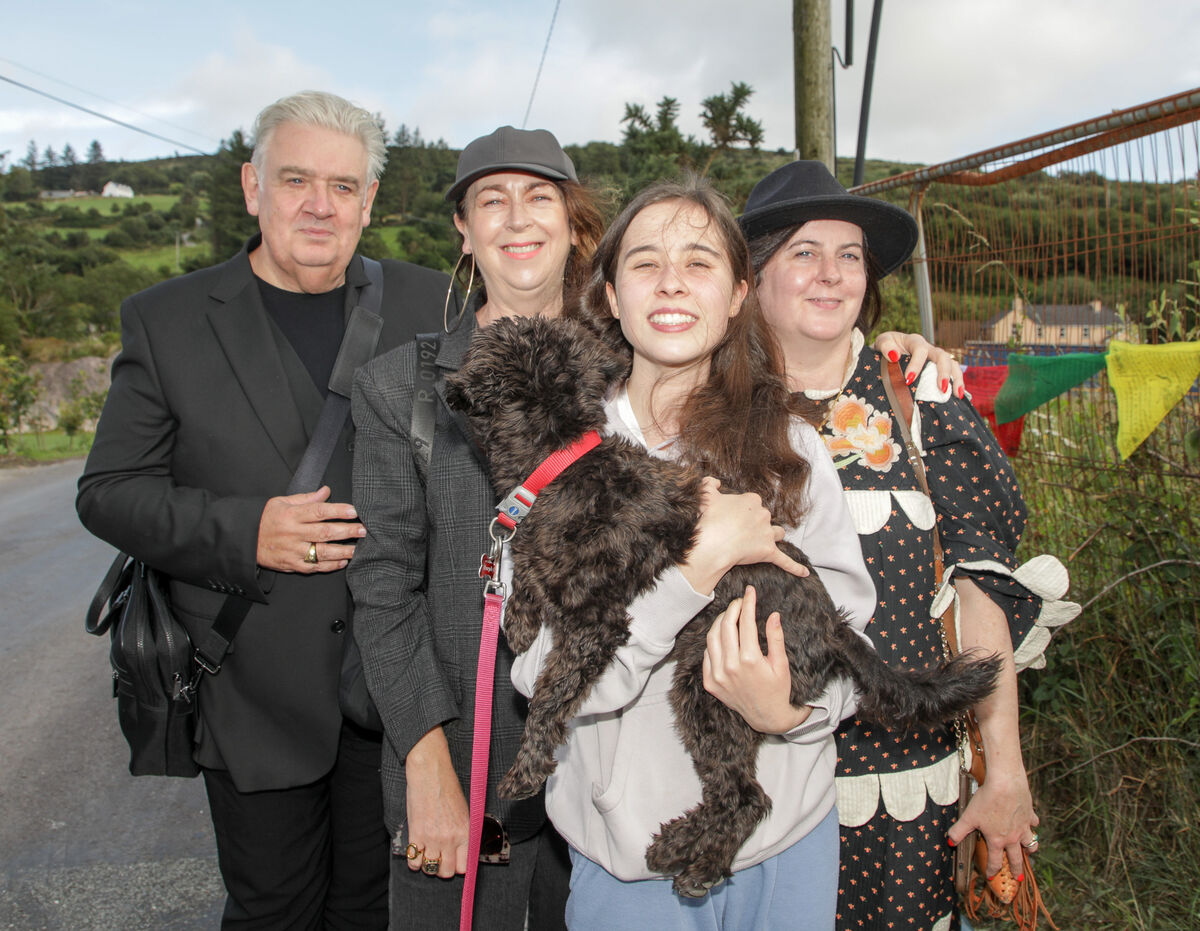
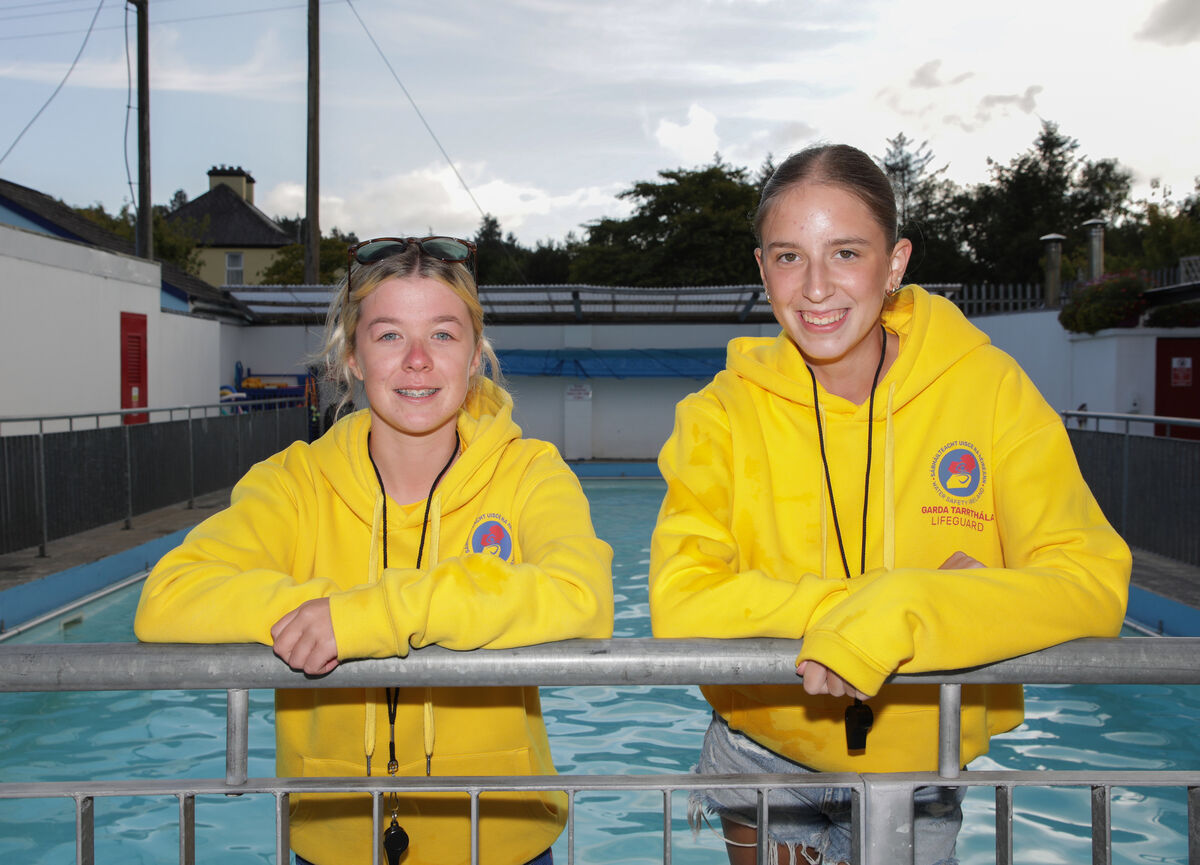
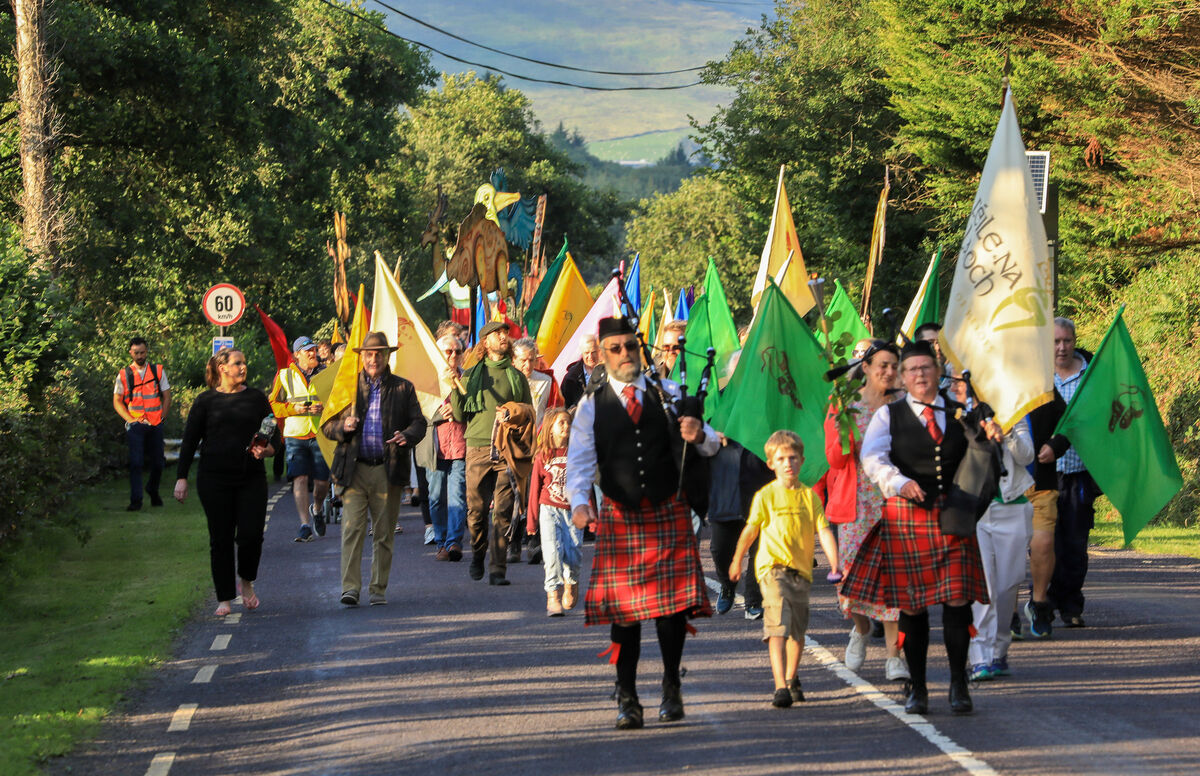
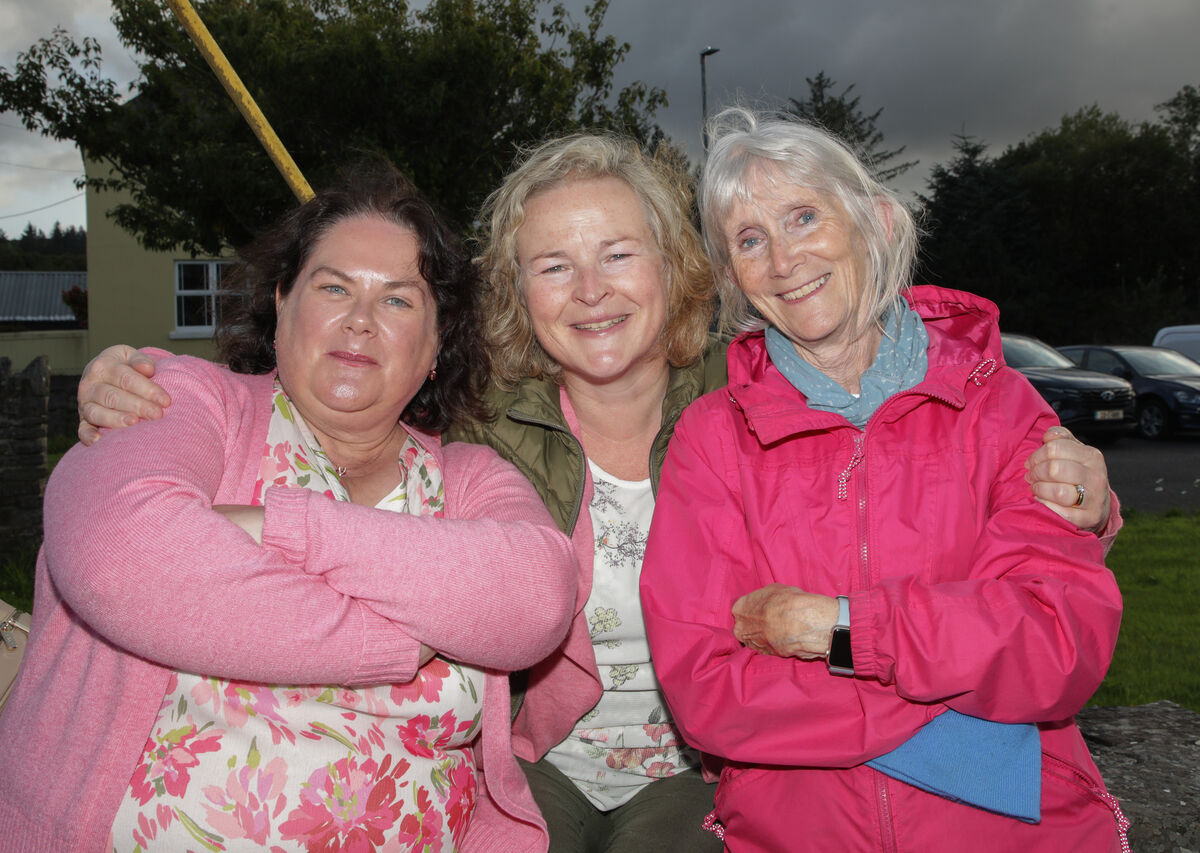
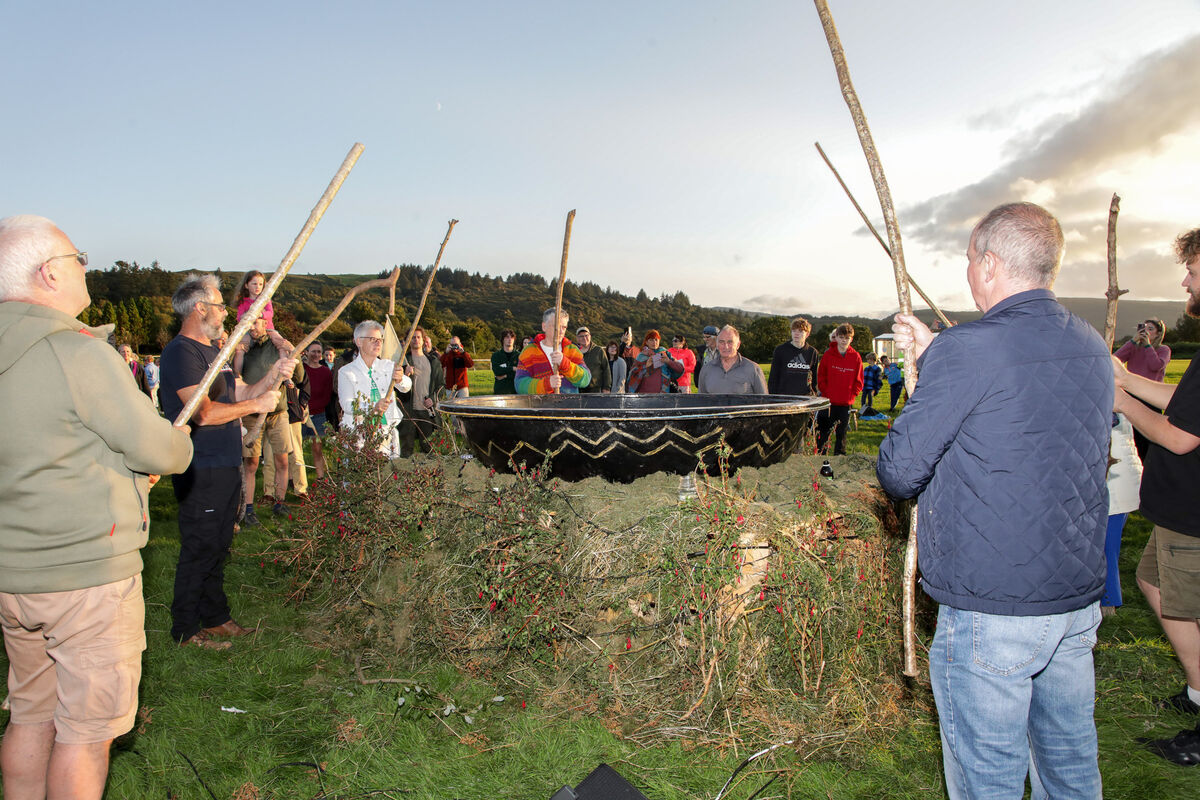
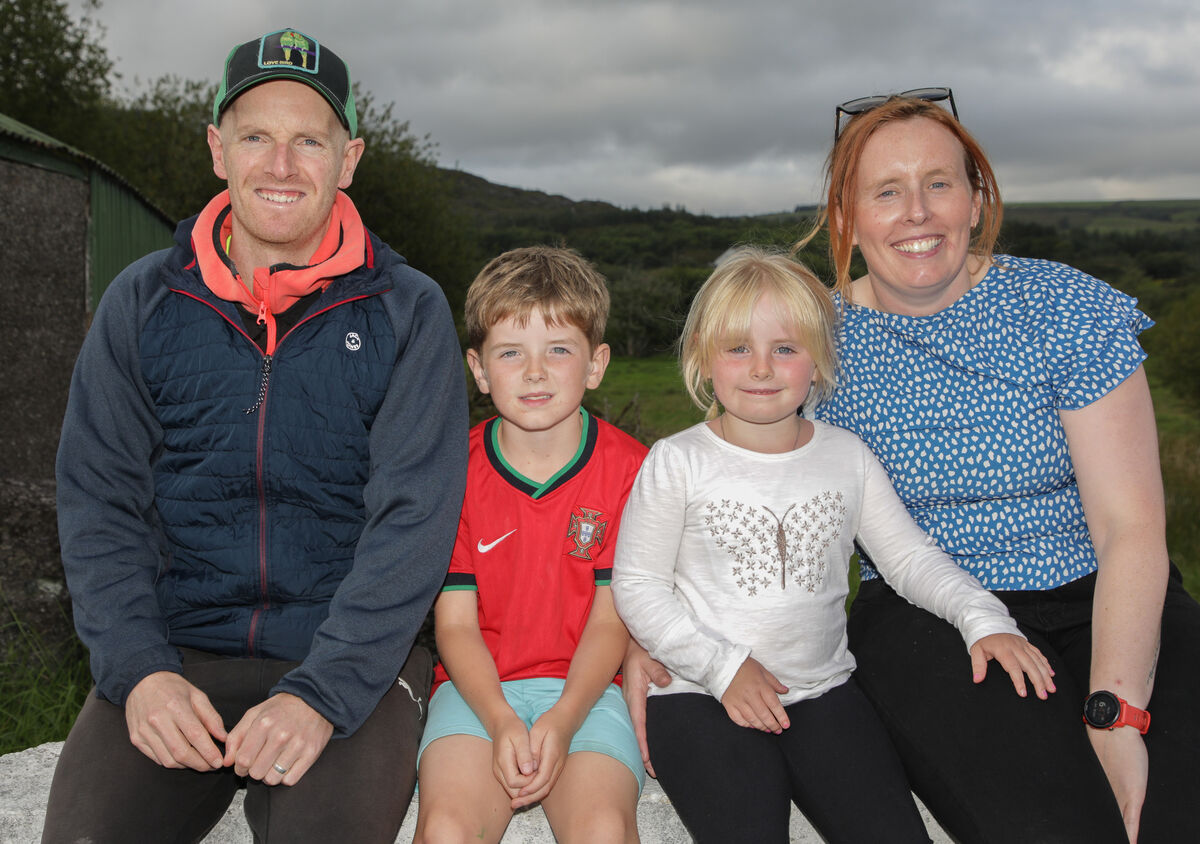
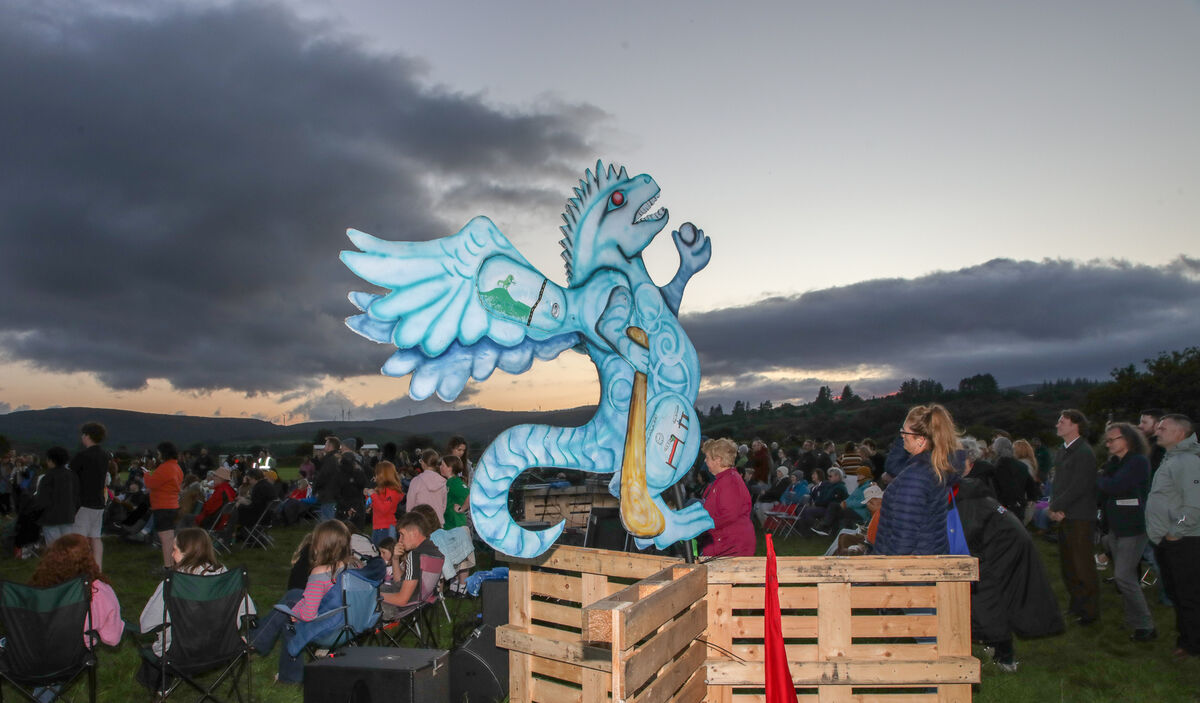

The festival arena late in the evening at Féile na Laoch 2025 (Festival of Heroes) which took place in Cúil Aodha, Co. Cork. - Picture: David Creedon
The sun was shining as the Cullen Pipe Band led a parade of laochra (heroes) from the Ó Riada home in Múine Beag, Cúil Aodha, to the Cork gaeltacht village on the eve of what would have been Seán Ó Riada’s 94th birthday — had the composer of Mise Éire and the man credited with revolutionising Irish traditional music not died in 1971 at the age of 40.

This parade — led by local councillor Gobnait Ní Mhúineacháin, deputising for the county mayor — would set the first part of the third edition of the festival established in 2011 by Peadar Ó Riada, himself a composer and son of Seán, in motion.
Féile na Laoch is unique for a number of reasons — all the events are free and all the participants do so free of charge. Another unique aspect of the festival is that while it is held just once every seven years, it is in two parts. So the four-day festival, which took place between July 31 and August 3, celebrated the birthday of Seán Ó Riada and the second part of the festival which takes place on the weekend of October 3-5 marks his death.

As the last act of the festival, following a concert featuring the best of Ó Riada’s music, all the flags and portraits that have adorned the walls of Áras Éamonn Mac Suibhne — Halla na Laoch/Hall of Heroes — will be taken down and put in a wooden box, not unlike a coffin, and shouldered solemnly to the church where they will rest until the festival begins again in 2032.
This is all part of a blueprint for a festival which Peadar Ó Riada has designed with a view to celebrating all the different aspects of his father, traditional music, church music, his role as an activist for the Gaeltacht in the 1960s, and, also, to lay down a template for the future celebration of his father and other heroes. He has suggested this template could be adopted by other communities around Ireland, so they can celebrate their own heroes.

After the festival was officially opened at Áras Éamonn Mac Suibhne by Maighréad Bn Uí Lionáird — the widow of Mícheál Ó Lionáird, the principal of the local Gairmscoil Ghobnatan, now Coláiste Ghobnatan — the parade moved westwards towards the setting sun to Páirc na Laoch/the Field of Heroes, where a dusk-till-dawn aeríocht took place. It began with a ritual invocation of ancient spirits of creativity and the sounding of two ancient horns before the poets took to the stage to give verse to their thoughts on the evening. Each arts discipline was represented by seven practitioners — including one representative of the local tradition — for example, I represented Dáimh Scoil Mhúscraí in the poetry while Seán Óg Ó Duinnín represented the community in the story telling section.
The other poets included John Spillane, whose Irish folk opera Fíor Uisce won him the Album of the Year award at the RTÉ Folk Awards earlier this summer; Dairena Ní Chinnéide and Paddy Bushe from Kerry; Ben Mac Caoilte and Michael Loughlin from Dublin; and Anne Marie Ní Churraoin from Donegal. After we were crowned with a laurel wreath and read our pieces, we left the stage in a dignified parade to be followed by the visual artists.

Several houses around the village had major art works on display in their front windows as part of an artists’ trail. Among the artists were John Behan, Bernadette Ní Choitir, and several others. After this came the story tellers, including the afore mentioned Seán Óg Ó Duinnín, who regaled us with a story from the Fenian saga as Gaeilge. “If I were seven days and seven nights talking about the evils of this monster, they would be seven times worse by the time I was finished,” is a rough translation of one of the memorable curses. Pat ‘The Hat’ Speight also came on stage to tell of a story reminiscent of a tale told by the late great seanachaí, Éamon Kelly.
Cónal Creedon, author and raconteur, invited us to come west along the road to Beara with him — but not before spending some time telling us about the characters in what he called Little Iveleary on Coburg St in the city centre. Speaking afterwards, Cónal described Féile na Laoch as a true “festival of the people with a very gentle sense of curatorship and fuelled by the generosity of inclusion”.

“Go raibh maith agat Peadar and Muintir Chúil Aodha,” he said in a Facebook post.
Actors including Stephen Rea who presented a poem by Seamus Heaney and a group of local actors who presented a shortened version of the old Múscraí classic, Séadhna, the shoemaker who sold his soul to the Fear Dubh/Devil before outwitting him to live to make shoes another day. There were dancers, singers, and musicians, including a piece by Giordaí Ua Laoghaire, who hails from Ovens, which referenced the ongoing slaughter in Gaza. Liam Ó Maonlaí from the Hothouse Flowers also sang, as did Máiréad Ní Mhaonaigh of Altan and there was a performance too by Martin Hayes on the fiddle.
One of the highlights of the evening was the performance of Seán Ó Sé who, well in to his ninth decade, showed he had all the fire and energy which won him a worldwide audience since he started singing alongside Seán Ó Riada in the 1960s. This was followed by a performance by a ‘Peoples’ Orchestra’ of Mise Éire as the sun rose, behind a veil of clouds, on the banks of the Sulán.

The remarkable thing about the aeríocht was that it was just the beginning of the festival, there was to be a concert that night to celebrate Comhaltas Ceoltóirí Éireann — featuring nine branches and musicians who the week after headed to Wexford for the Fleadh Cheoil. On Saturday, after a day of walking on different pilgrimages, one to Reilig Ghobnatan and the other to Shrone in the shadow of the Paps, there was another concert and Sunday was a day to celebrate Ó Riada’s church music.
Ó Riada’s first Mass was composed directly after Vatican 2 and was the first Mass in a vernacular language after that landmark reform of the Catholic Church. Hymns such as Ag Críost An Síol have been performed all over the world ever since.

Féile na Laoch is a local festival but, as is indicated by the people who watched a stream from around the world, it has a global reach. Further information at http://feilenalaoch.com/
More in this section
Keep up-to-date with the top stories in Cork with our daily newsletter straight to your inbox.
Please click here for our privacy statement.
one minute ago
Campaign to end gender-based violence launched in North Cork2 minutes ago
A year-long delay in Cork mussel farm decisionone minute ago
Colin O’Brien names two Cork players in Republic of Ireland squad for first-ever U17 World Cup2 minutes ago
MTU to enter creative partnership with Cork's St Fin Barre’s CathedralHave you downloaded your FREE  App?
App?

It's all about Cork!
27 minutes ago
'Unprecedented rise' in demand for addiction treatment, report shows29 minutes ago
Former Garda jailed for inciting rape of colleague to admit leaking data on 14 individuals54 minutes ago
Two men arrested as part of burglary investigations in Tipperary, Limerick, and Wexford2 hours ago
Man who raped teen girl while lodging in her home given eight-year sentenceAdd Echolive.ie to your home screen - easy access to Cork news, views, sport and more